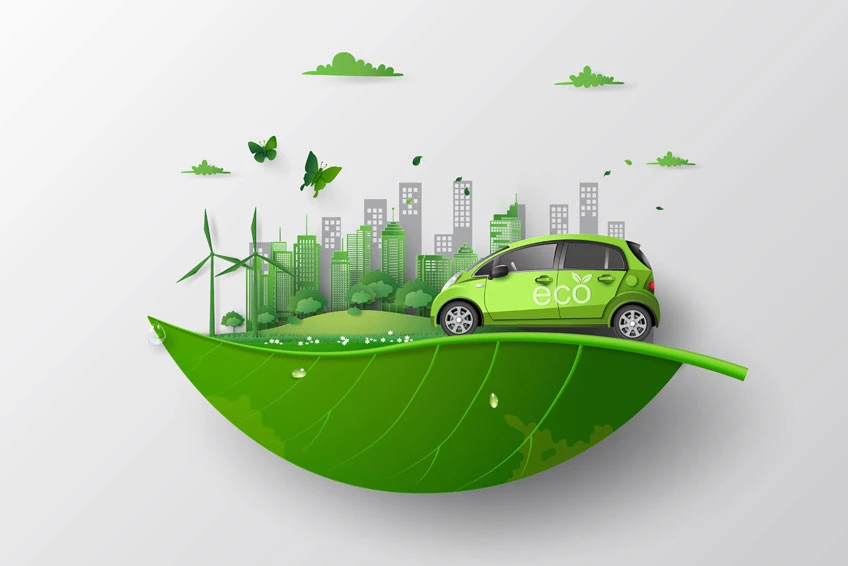With the vigorous development of a new round of global scientific and technological revolution and industrial transformation, electrification, connectivity, and intelligence have become the development trends of the automotive industry. The world’s major automotive powers have successively strengthened their strategic planning and policy support, and multinational automotive enterprises have increased their R&D investment and improved their industrial layout. New energy vehicles have become the main direction of the transformation and development of the global automotive industry and an important engine for promoting the sustainable growth of the world economy.

New energy vehicles are flexible and adjustable energy storage carriers. They can not only increase the proportion of green electricity in terminal energy consumption but also effectively interact with the power system through intelligent and orderly charging, bi-directional charging and discharging, etc., and become a powerful support for the new energy system and the new power system. It is estimated that by 2040, the on-board energy storage capacity of 300 million new energy vehicles will reach 200 billion kilowatt-hours, which is equivalent to the total daily electricity consumption at present. In the future, new energy vehicles will be a powerful mobile intelligent platform, a node connecting green energy, smart grids, the new generation of mobile communication, and future travel, and an important force for promoting technological progress and industrial structure upgrading.
New energy vehicles are the main direction of the transformation and upgrading of the automotive industry, with a very broad development space. From industrialization and marketization to large-scale development and globalization, China’s new energy vehicles have made rapid progress. With the rapid development of the new energy vehicle industry, China’s power battery industry has made remarkable progress in terms of market scale, technical level, and the integrity of the industrial chain, and has entered the world’s first echelon. At the same time, new energy vehicles have gone global and become an important force leading the transformation of the global automotive industry.
Key core technology breakthroughs provide strong support
New energy vehicles are the main direction of transformation and upgrading of the global automobile industry and green development, as well as the strategic choice for the high-quality development of China’s automobile industry. Scientific and technological innovation has played an important supporting and leading role in the development of new energy vehicles. After years of research and development, China has mastered key core technologies such as the manufacturing of new energy vehicle complete vehicles, power batteries, and drive motors, and has connected key links such as basic materials, components, manufacturing equipment, infrastructure, and services, and established a globally leading industrial chain and supply chain.
Reform and innovation forging global leading competitiveness


